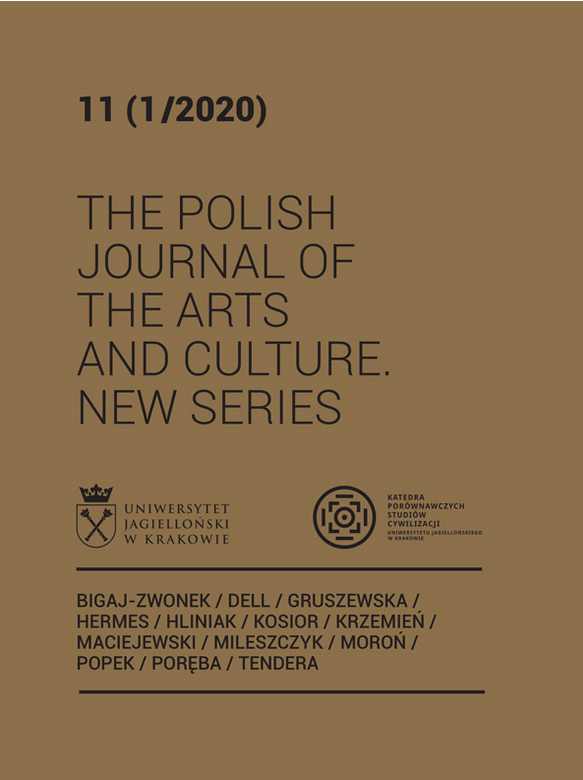Mimesis a duende. Proces kreacji flamenco w świetle koncepcji naśladownictwa w starożytnej estetyce greckiej
Mimesis a duende. The process of creating flamenco in the light of the concept of imitation in ancient Greek aesthetics
Author(s): Krzysztof HliniakSubject(s): Cultural history, Music, Aesthetics, Ancient World, History of Art
Published by: Wydawnictwo Uniwersytetu Jagiellońskiego
Keywords: flamenco; duende; mimesis; Federico García Lorca; imitation;
Summary/Abstract: The paper describes the relationship between imitation and creativity in flamenco style, referring them to the Greek concept of mimesis and comparing it with the duende concept present in this genre. Although both ideas are separated by two thousand years, they transpire to be unexpectedly convergent in their basic premises. In order to present the phenomenon of duende, the author also attempts a short answer to the question of what the phenomenon of flamenco is, what conditioned its emergence, what its characteristics are, and what forms and styles of flamenco can be currently found. Describing the phantasms about duende and a flamenco show, the author presents the process of creating a flamenco performance and its choreography. The paper refers to the accomplishments of the acclaimed Polish philosopher Władysław Tatarkiewicz, and is also a tribute to the late professor Jagna Dankowska, a sound director, a Professor of Philosophy, a Professor at the Fryderyk Chopin University of Music in Warsaw, who inspired the author to write this text.
Journal: The Polish Journal of the Arts and Culture. New Series
- Issue Year: 11/2020
- Issue No: 1
- Page Range: 65-92
- Page Count: 28
- Language: Polish

